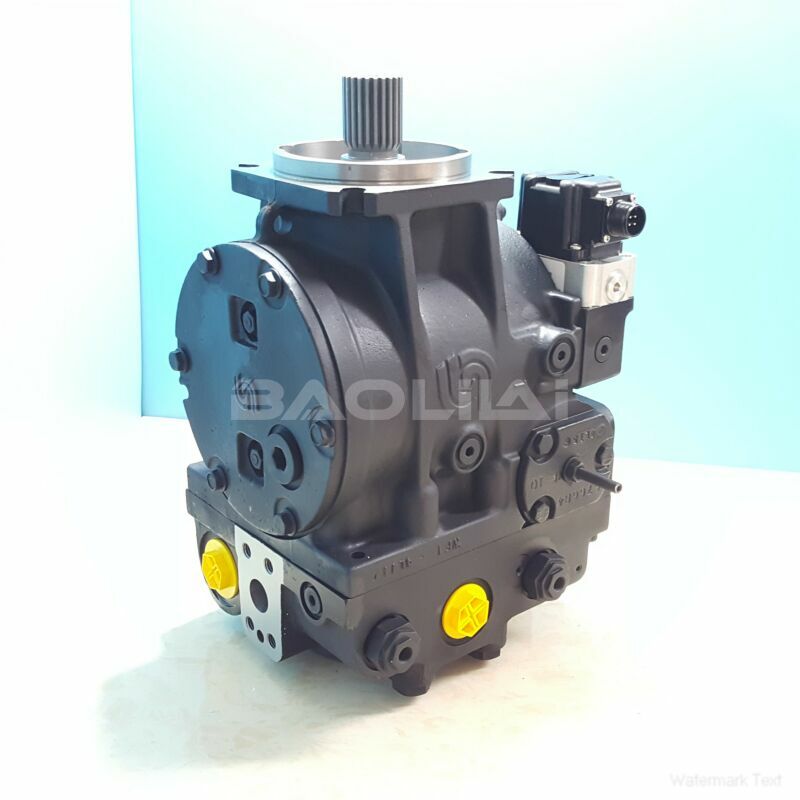90L180KA5AB80SCC8H03NNN383830 piston pump
90L180KA5AB80SCC8H03NNN383830 piston pump

- Product Details
- Applicable Scene
In aerospace applications, hydraulic systems play a crucial role in the operation of flight control surfaces, landing gear, and various other subsystems. Ensuring that these hydraulic systems operate efficiently and reliably is vital for both performance and safety. One of the common challenges encountered in hydraulic systems is pressure loss, particularly in the hydraulic pump. This article aims to discuss the causes of pressure loss in fluid circuits and explore potential solutions to mitigate this issue.
90L180-KA-5-AB-80-S-C-C8-H-03-NNN-38-38-30
90L180KA5AB80SCC8H03NNN383830
Pressure loss in hydraulic circuits can occur due to several factors, including fluid viscosity, restrictions in the hydraulic lines, component wear, air leakage, and temperature fluctuations. Understanding these causes is the first step toward identifying effective solutions.

80003404
Fluid viscosity significantly impacts pressure loss. As the fluid temperature increases, its viscosity decreases, which can facilitate smoother flow. However, operating a hydraulic system at higher temperatures can lead to reduced lubrication and increased wear on components. Conversely, low temperatures can increase fluid viscosity and cause additional pressure losses. To address this, selecting the appropriate hydraulic fluid and implementing thermal management systems, such as heat exchangers or coolant circuits, can help maintain optimal fluid viscosity across varying operational conditions.
Restrictions in the hydraulic lines, such as bends, fittings, and valves, can also contribute to pressure drops. When designing fluid circuits, it is essential to minimize sharp turns and ensure that the diameter of hoses and pipes is adequate for the application. Regular inspection and maintenance of hydraulic lines can help identify any potential blockages or wear that could contribute to pressure loss. Additionally, using high-quality components designed for aerospace applications can enhance flow efficiency.





